
Incorporating mental distress screenings during cancer care have been historically difficult, despite the fact that these patients tend to be vulnerable to mental health challenges.

Incorporating mental distress screenings during cancer care have been historically difficult, despite the fact that these patients tend to be vulnerable to mental health challenges.

Anxiety disorders and depression were cited by more than 80% of oncologists as the types of mental health distress seen most often for patients.
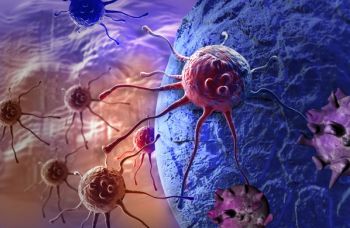
Commonly used medications may influence responses to checkpoint inhibitors among patients with cancer.
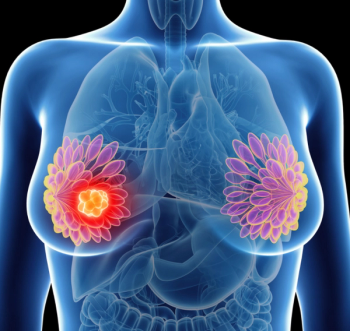
Patients with hormone receptor-positive breast cancer doubled their median progression-free survival following a switch to fulvestrant plus palbociclib.

Patients with breast cancer treated with pyrotinib plus capecitabine had a 31% lower risk of death than those treated with lapatinib and capecitabine
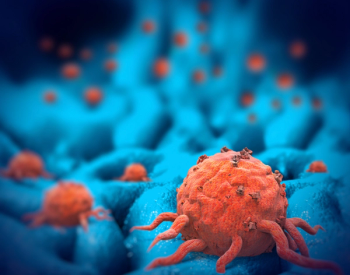
New technology provides information on the benefit of adding atezolizumab to chemotherapy as a neoadjuvant treatment for patients with early high-risk and locally advanced triple-negative breast cancer.
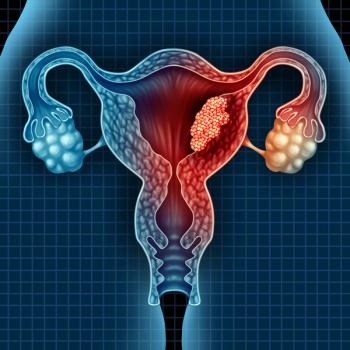
Uterine cancers that developed in patients with breast cancer treated with tamoxifen had fewer phosphoinositol-3-kinase (PI3K) pathway mutations and may have been driven by tamoxifen-induced PI3K pathway activation.

Since its initial approval in 2016 for urothelial carcinoma, atezolizumab has received FDA approval for an additional 5 types of carcinomas.

Fulvestrant is also the only SERD approved for patients with breast cancer, according to the researchers.

Genomic analyses show promise for patients with metastatic breast cancer, reinforcing genomics as a part of the pathway of care.

Tamoxifen is given to many patients—specifically premenopausal patients—with breast cancers that express the estrogen receptor, which drives breast tumor growth.

Certain patients with breast cancer treated with an aromatase inhibitor plus palbociclib (Ibrance) could benefit from an early switch to fulvestrant (Faslodex) plus palbociclib, study finds.
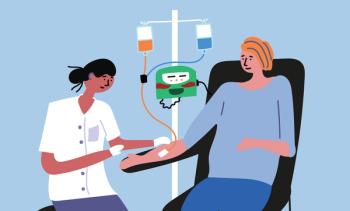
Further, among premenopausal women, those who received chemotherapy had a 40% relative improvement in IDFS compared to those administered endocrine therapy alone.
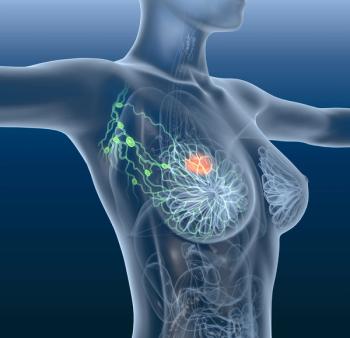
The diagnostic tool widens the age group of individuals who can get tested and can be used in conjunction with a mammogram.
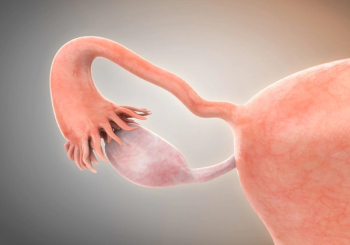
Olaparib was the first PARP inhibitor to be developed and has been the most studied.

Breast cancer found to be the most expensive type of the disease, costing approximately $3.4 billion in the United States.

Atrial fibrillation was more common in those not treated with radiation (66.5%) or surgery (23.5%) as first-line treatment compared with 52.3% and 10.4%, respectively.
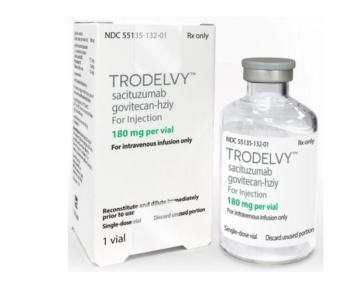
Sacituzumab govitecan-hziy is indicated for the treatment of adult patients with unresectable locally advanced or metastatic triple-negative breast cancer who have received 2 or more prior systemic therapies, at least 1 of which for metastatic disease.

Study results show no differences in the rate of neuropathic pain, surgical site infection, wound-related complications, or other complications between the 2 groups.
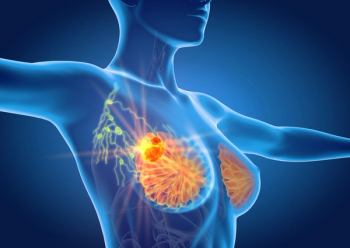
Ten quiz questions to assess your knowledge on common symptoms and treatments for breast cancer.
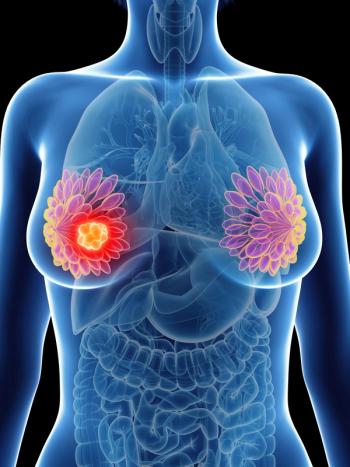
TNBC is the most aggressive and lethal form of the disease.

Study finds that 16.9% of stomach cancers, 11.9% of endometrial cancers, 11.0% of kidney cancers, 9.3% of colon cancers, 8.1% of esophageal cancers, 6.5% of female breast cancers, and 3.9% of urinary bladder cancers were associated with a low level of exercise.

The study was designed to evaluate elacestrant as a monotherapy compared to the standard of care for the treatment of estrogen receptor-positive/human epidermal growth factor receptor 2 advanced or metastatic breast cancer.

Sacituzumab govitecan-hziy (Trodelvy) is indicated for the treatment of patients with triple-negative breast cancer who have received 2 prior therapies at minimum for metastatic disease.
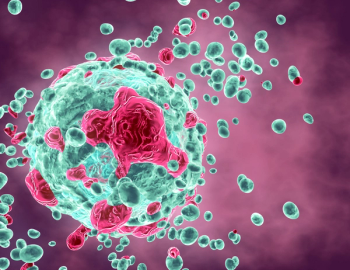
Investigators conclude that minimal residual disease cells, or those that survive the initial treatment, may carry some form of epigenetic and metabolic memory of the tumor.